Key Points:
-
Tether and Circle profit billions from U.S. Treasury yields backing stablecoins while holders earn nothing.
-
New challengers like M^0 and Agora aim to route yield directly to applications or users.
-
Stablecoins are expanding beyond speculation into payments, FX, and collateral use cases.
Stablecoin Giants Profit in a High-Rate Environment
Stablecoin issuers Tether and Circle are capitalizing on the current high-interest rate environment by retaining yields from the U.S. Treasuries that back their tokens, a practice that leaves users without direct returns. Speaking at Mercado Bitcoin’s DAC 2025 event, Wormhole co-founder Dan Reecer likened their business model to “printing money,” highlighting the profitability imbalance in the market.
Tether, the world’s largest stablecoin issuer, reported $4.9 billion in net profit in the second quarter of 2025 alone. Its valuation has surged to roughly $500 billion in a recent funding round, underscoring the scale of its dominance. Meanwhile, the global stablecoin market has grown to more than $290 billion, cementing its importance in the crypto and fintech ecosystem.
Why Users May Demand Yield
Reecer argued that as long as interest rates remain elevated, pressure will mount for users to demand a share of the income generated by their stablecoin holdings. “If I’m holding USDC, I’m losing money, losing money that Circle is making,” he said during the panel.
This dynamic is fueling interest in alternative structures where yield flows back to applications or end users. Projects such as M^0 and Agora are designing platforms that embed yield-sharing into the stablecoin infrastructure, potentially reshaping the balance between issuers and holders.
The Regulatory Hurdle for Yield-Bearing Tokens
Stablecoin issuers have so far resisted passing along returns to their customers, largely to avoid regulatory complications. A Tether spokesperson told CoinDesk that USDT “is a digital dollar, not an investment product,” stressing its role as a lifeline in emerging markets.
“While few percentage points might make the difference for rich Americans or Europeans, the real savings for our USDT user base is the one against dramatic inflation,” the spokesperson said, citing countries where annual inflation reaches 50% to 90%. Sharing yields, he added, would alter a stablecoin’s “nature, risk profile, and regulatory treatment.”
Circle, however, has already moved toward bridging this gap. Its $1.3 billion acquisition of Hashnote earlier this year brought USYC—a tokenized money market fund—into its ecosystem, enabling convertibility between cash and yield-bearing collateral. Yet money market funds remain relatively small, with a combined market cap of about $7.3 billion compared to the stablecoin sector’s $290 billion.
The Future of Stablecoins: From Speculation to Payments
Beyond yield, stablecoins are evolving toward real-world utility. Fireblocks’ Stephen Richardson told the DAC panel that stablecoins could play a pivotal role in solving inefficiencies in global finance, from sluggish corporate payment rails to costly remittances.
He pointed to tokenized money market funds now being used as collateral on exchanges, a sign of how digital dollars are gaining traction in traditional financial services. Faster settlement times and programmable money could further expand adoption in cross-border payments and foreign exchange.
Competition on the Horizon
While Tether and Circle dominate the market today, the rise of yield-bearing alternatives poses a competitive challenge. Platforms like M^0 and Agora aim to realign incentives between issuers and users, and high interest rates only sharpen the contrast.
Whether the incumbents adapt or the challengers capture market share, stablecoins are at a turning point. With nearly $300 billion already circulating, the sector’s next phase may be defined not just by scale, but by how much value flows back to the people actually holding the tokens.




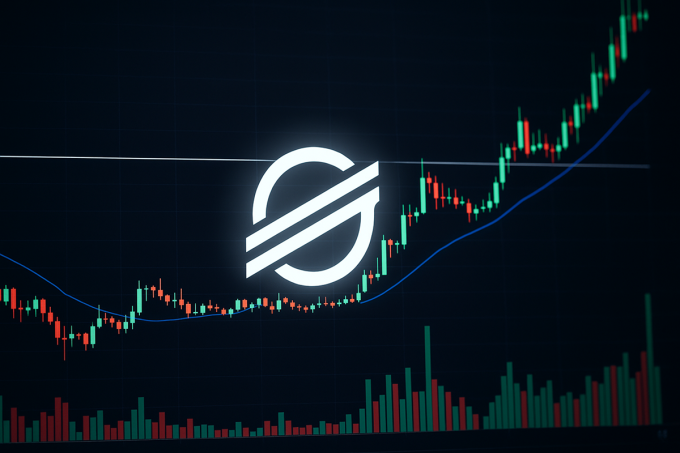
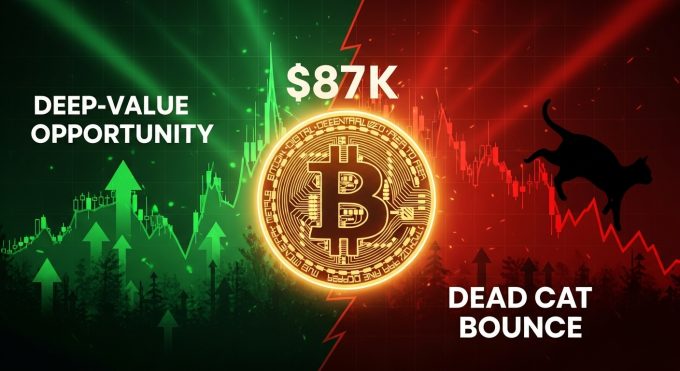

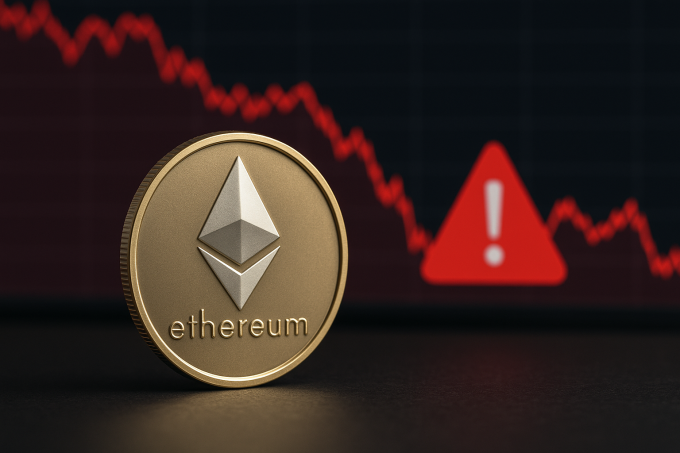
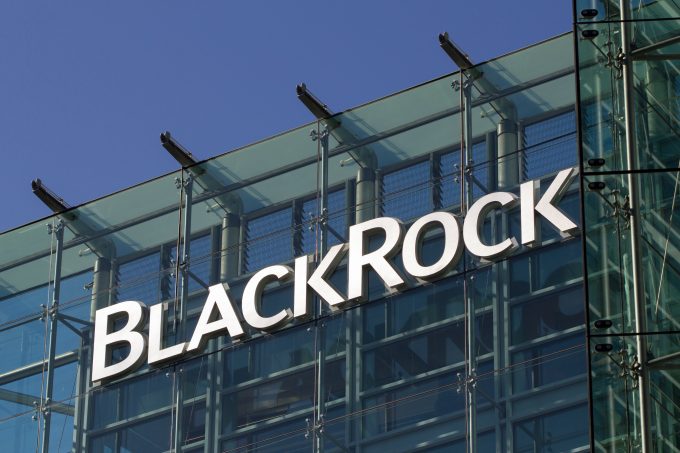
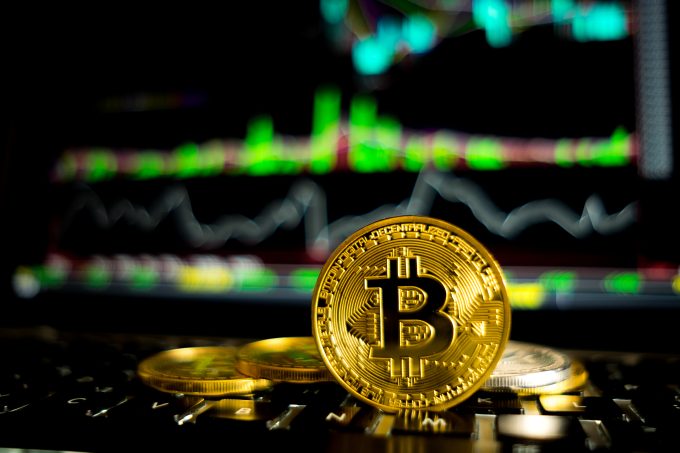

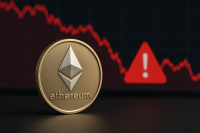

https://shorturl.fm/Mc8Uq
https://shorturl.fm/LaTNa